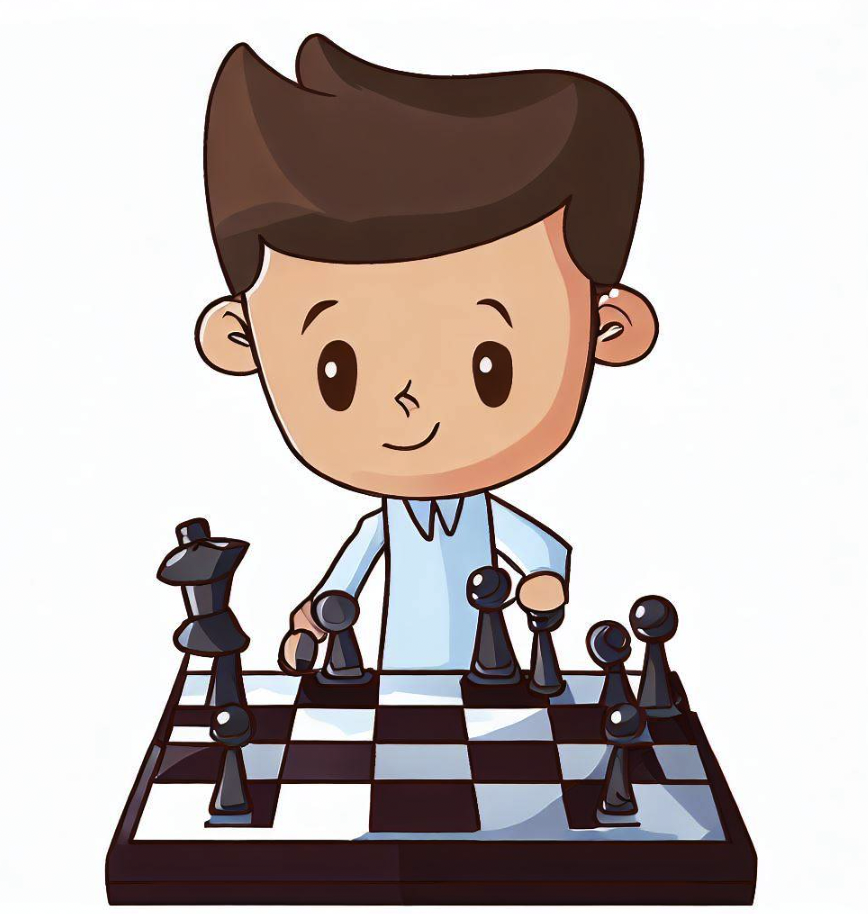Chess, one of the world’s oldest and most beloved board games, has captured the hearts and minds of players for centuries.
The game’s timeless elegance and strategic depth have led to numerous variations and adaptations, constantly breathing new life into the traditional gameplay.
One such exciting development is the introduction of the grasshopper, a unique chess piece that combines the movement of a knight with an extended jumping capability in the same direction.
The Grasshopper’s Unique Movement
In traditional chess, the knight is known for its distinct “L-shaped” movement pattern, enabling it to leap over other pieces.
However, the grasshopper takes this concept to a whole new level.
Like a knight, it moves in an “L-shaped” manner, but once it reaches its destination, it continues jumping in the same direction until it reaches the edge of the board or encounters another piece.
The Extended Jumping Mechanism
The grasshopper’s ability to keep jumping in the same direction makes it an intriguing addition to the chessboard.
This unique movement pattern adds a dynamic and strategic element to the game, allowing players to execute unexpected maneuvers and surprise their opponents.
The grasshopper’s jumps can be advantageous for capturing opposing pieces, creating threats, or finding new pathways for the player’s own forces.
Strategic Considerations
Integrating the grasshopper into chess significantly alters the strategic landscape, as players must now consider the potential moves and threats posed by this new piece.
The grasshopper’s ability to bypass other pieces by jumping in a straight line can open up new avenues of attack and defense, challenging players to rethink their traditional strategies.
Careful positioning and foresight are vital to harness the full potential of this piece and gain an advantage on the board.
WTF is GRASSHOPPER CHESS?!
Tactical Opportunities
The grasshopper’s extended jumping mechanism presents players with exciting tactical opportunities.
It can leapfrog over friendly pieces to reach specific squares, allowing for quicker piece coordination and more efficient piece development.
Additionally, the grasshopper’s ability to continue jumping in the same direction can be used to exploit weaknesses in the opponent’s position, making it a valuable asset for launching surprise attacks and creating strategic imbalances.
Enhanced Endgame Dynamics
Endgames, the final stages of a chess game where only a few pieces remain on the board, often require precise calculation and strategic maneuvering.
The addition of the grasshopper introduces a new layer of complexity to endgame scenarios.
Its long-range jumping capabilities can lead to unexpected checkmates or stalemates, offering players new possibilities for achieving victory or securing a draw.
Expanding the Chess Universe
The introduction of the grasshopper to chess represents a remarkable expansion of the game’s possibilities and strategies.
Chess enthusiasts and players alike can explore this variant to enhance their skills, broaden their understanding of the game, and experience a fresh perspective on the ancient contest of minds.
The grasshopper serves as a testament to the enduring nature of chess and its ability to evolve while retaining its core essence.
Conclusion
Grasshopper chess introduces a new piece, the grasshopper, which combines the knight’s movement with the ability to continue jumping in the same direction.
This innovative addition adds an exciting dynamic to the game, offering strategic and tactical opportunities for players to explore.
With its unique abilities, the grasshopper challenges players to adapt their strategies, enhancing the depth and richness of the chess experience.
Whether you’re a seasoned player or a newcomer to the game, grasshopper chess promises to captivate and engage, ensuring that the game of chess remains an enduring source of intellectual stimulation for generations to come.


